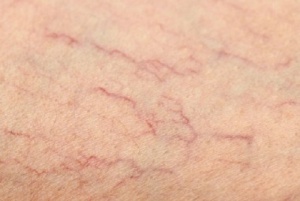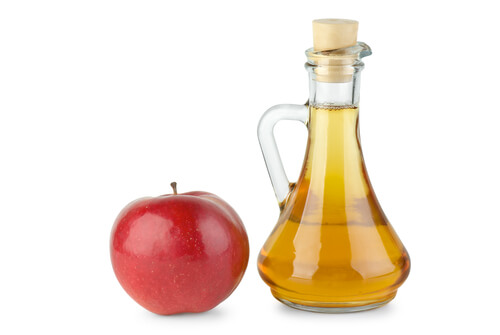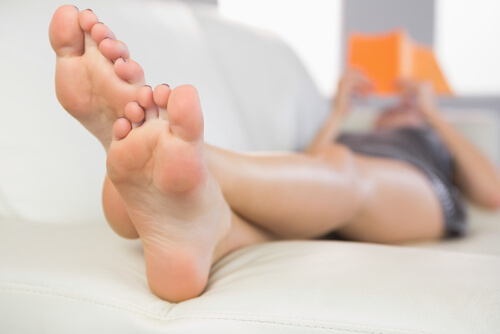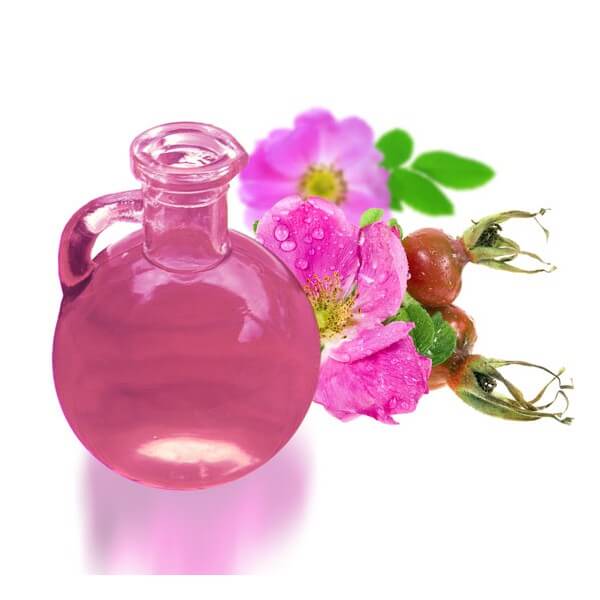5 Natural Remedies for Spider Veins on Your Legs


Written and verified by the pharmacist Lourdes Martínez
Do you have side veins on your legs? We’re referring to those small blood veins that appear on your skin like branches with a purple or reddish tone. They are annoying, hurt, and cause problems when you want to show off your legs.
Some people resort to surgery, however, there are some natural remedies for spider veins that can help, which we’ll talk about in this article.
How to stop spider veins from appearing
They appear on your ankles, calves, and muscles. In general, their appearance is due to three factors: genetic inheritance, poor circulation, or poor lifestyle habits (poor diet, sedentary lifestyle…). It is true that you can sometimes have varicose veins and then these spider veins, but it is common to suffer from the latter first.
If that is the case, it is worth starting to take the proper methods to stop them from happening. So check out these remedies for spider veins below.
1. A Cold Bath for Your Legs
Read also: How to Recover from a Breakup
It is very effective in the morning. When you wake up and shower, spend 5 minutes putting cold water on your legs. You can even soak a towel in cold water and wrap your legs in it. As a result, you will get rid of the inflammation from spider veins and this will also help you tone circulation and start your morning with a pleasant sensation of relief.
We recommend it every day.
2. Don’t Forget About Antioxidants
So, you know that you should start your day with a cold shower on your legs. But, how about drinking an orange juice every day from now on? Excellent. Antioxidants are essential for improving your circulation, oxygenating your blood, and improving tone. Don’t fail to include lemons, grapefruit, strawberries, raspberries, tomatoes, kiwis, etc. in your diet as remedies for spider veins.
3. Sleep With Your Feet Up
Just a little bit. Put a cushion under your feet to keep them slightly raised, which as a result will facilitate circulation and prevent spider veins from intensely appearing.
Read also: How to Fight Alopecia With Natural Solutions
4. Apple Cider Vinegar Remedy

Are you surprised? Apple cider vinegar is an amazing toner and muscle relaxer. It will reactivate your circulation. What to do? It’s very easy, take a rag and soak it with apple cider vinegar, and apply it to the area where you have the spider veins. Keep it on your leg for 20 minutes. If you repeat it every day, you should be able reduce their appearance.
5. Avocado and Rose Hip
It is simply ideal. This remedy is recommended especially every time that you wax. It will help alleviate and calm your skin, as well as reactivate your circulation. There are creams with very high prices that contain these same elements so that perhaps, the only concern you may have is being able to find essential rosehip oil.
It is very in style, so it will be easy to find it in natural stores and even pharmacies. It’s highly used for beauty purposes and has very good results for your skin. When combined with avocado, it is simply great for your spider veins. Remember to apply it every time you wax.
How to make the cream:
- You will need half an avocado and 10 drops of rosehip oil.
- Start by getting the pulp from half an avocado. You will need the greenest part that is attached to the avocado seed because it has the best curative properties.
- Put it in a dish and add 10 drops of rosehip oil.
- Then, try to get a well-blended mixture and a good paste to apply to yourself.
Once it’s ready, put it on the most problematic areas where you tend to have spider veins. It is important that you apply it from bottom to top with gentle circular counterclockwise movements.
Don’t remove it yet. You should leave it on for 15 minutes so that your skin absorbs it.
Then, remove it with cold water. You will see how it affects your legs, cares for them, and hydrates them; these are effective remedies for spider veins and may prevent them from appearing.
All cited sources were thoroughly reviewed by our team to ensure their quality, reliability, currency, and validity. The bibliography of this article was considered reliable and of academic or scientific accuracy.
- Bergan, J. (2007). The Vein Book. The Vein Book. https://doi.org/10.1016/B978-0-12-369515-4.X5000-5
- Zou, Z., Xi, W., Hu, Y., Nie, C., & Zhou, Z. (2016). Antioxidant activity of Citrus fruits. Food Chemistry. https://doi.org/10.1016/j.foodchem.2015.09.072
- Ilyasoǧlu, H. (2014). Characterization of rosehip (Rosa canina L.) seed and seed oil. International Journal of Food Properties. https://doi.org/10.1080/10942912.2013.777075
- Cowan, A. K., & Wolstenholme, B. N. (2015). Avocado. In Encyclopedia of Food and Health. https://doi.org/10.1016/B978-0-12-384947-2.00049-0
This text is provided for informational purposes only and does not replace consultation with a professional. If in doubt, consult your specialist.












